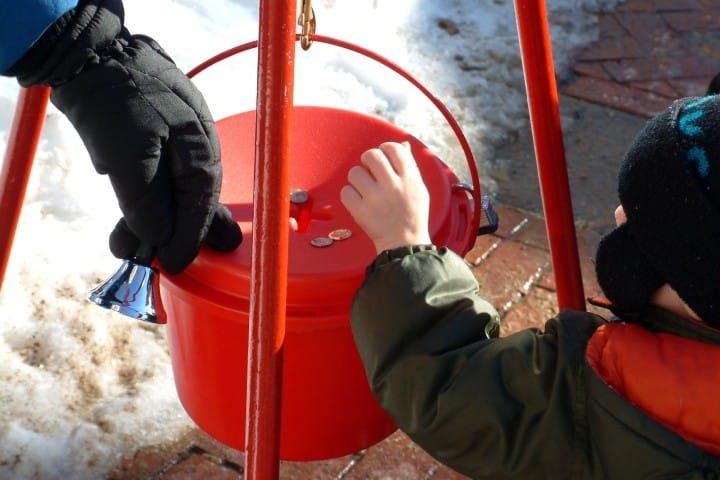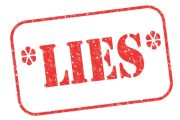
The Salvation Army receives three-quarters of its more than $3 billion in annual revenues in November and December. Places such as Seattle and Elmira, New York, are seeing those donations dropping by half.
“There are many reasons why both financial and toy donations are down this year,” said Salvation Army Colonel Cindy Foley of Seattle, “not the least of which is likely pandemic fatigue and concerns about employment and the future.… We are seeing few people donating at our … physical kettles.… The situation is dire.”
Salvation Army Major Stanley Newton in Elmira, New York, where donations are down by 50 percent this year, blamed inflation and COVID:
Inflation has killed us this year. Gas prices were probably 30% of what they are now — $1 to $2 [a gallon] — now it’s $3.50.
You have COVID resurfacing at a higher level so getting volunteers has been really difficult.
Nothing was said about the Salvation Army going “woke” earlier this year. While most who donate at those friendly red buckets know nothing about the Army’s shift from salvation to guilt, those who do are shying away from giving this year.
Following the death of George Floyd in May 2020, the Salvation Army’s International Social Justice Commission began to focus race. In February, the General of the Salvation Army, Brian Peddle, claimed that its guidebook titled Let’s Talk About Racism would help “overcome the damage [that] racism has inflicted upon the world, and yes, the Salvation Army.”
In that guidebook, the Salvation Army states its regret for being racist: “The Salvation Army acknowledges with regret that Salvationists have sometimes shared in the sins of racism … [that] racism is very real … [and that Salvationists must] “lament, repent and apologize for biases or racist ideologies held and actions committed.”
It added:
The meanings of these [racial categories such as White, Black, Latin, and Asian] have changed over time.
What has not changed is that racial groups are placed in a hierarchy, with White or lighter-skinned people at the top; non-Indigenous People Of Color (POC) subjugated beneath lighter skinned people; Black and Indigenous people at the bottom of the racial system.
The guidebook used terms such as “systemic racism,” “anti-racism,” “institutional racism,” “racism as a social construct,” it celebrated the “martyrdom” of George Floyd (the drug abuser and felon who died while resisting arrest), and warned of the dangers of a colorblind society.
When a firestorm of indignation and anger resulted, the Army pulled its guidebook with half an apology: “Headquarters realized that certain aspects of the guide may need to be clarified … [and] has now withdrawn the guide.”
But that non-apology was too late. They can’t row that canoe back up over the falls. They are suffering the consequences of offending the very people — innocent of being racists — they depend upon for their livelihood. Donors are deciding with their pocketbooks, punishing the Army for believing that it can simultaneously offend them while asking them for money and help.
Related articles:
Salvation Army Goes Woke; Demands Members, Donors Repent of Inherent Racism
Backlash Forces Salvation Army to Withdraw “Let’s Talk About Racism” Guide



